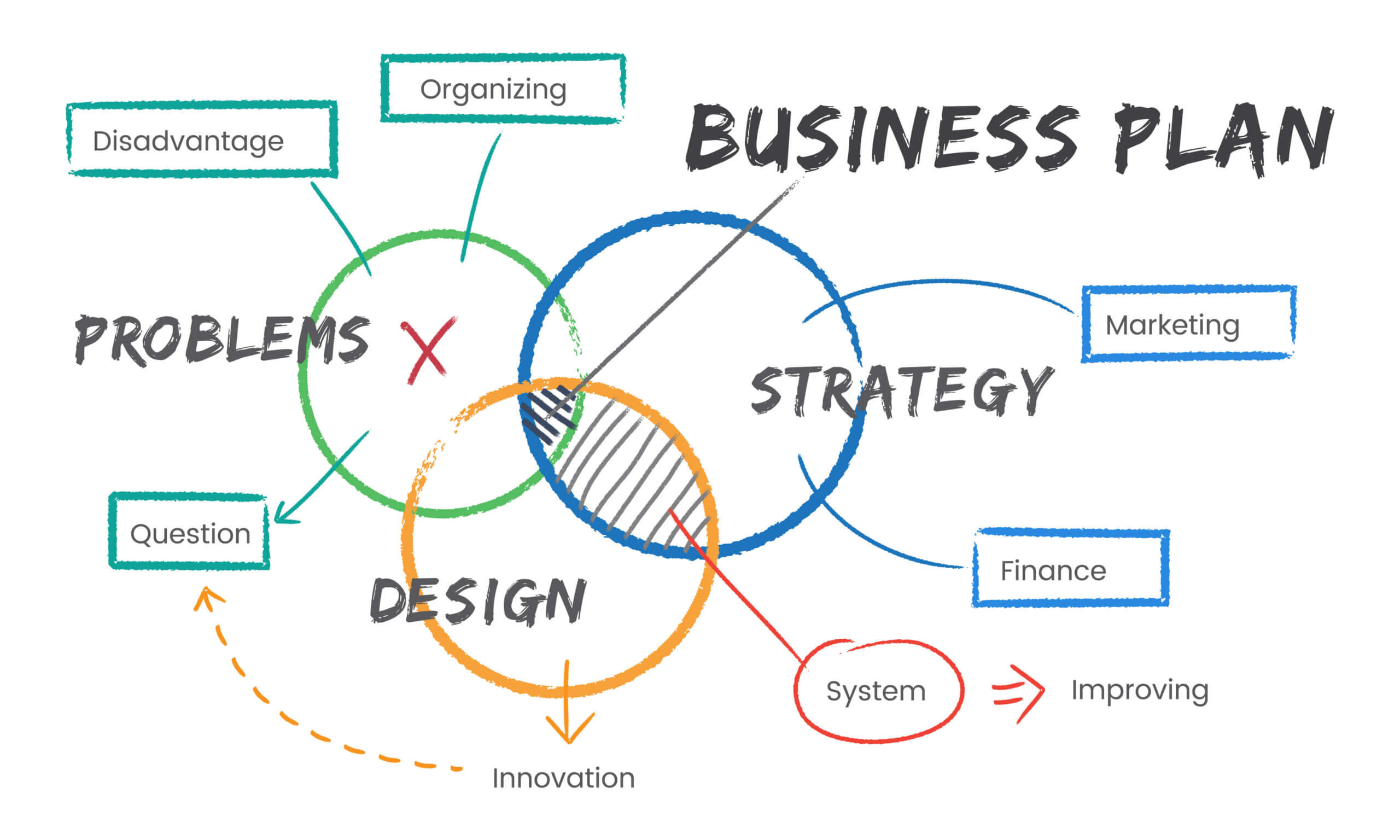Developing strategy takes time and resources. It requires the time and commitment of some of the most highly paid and highly experienced people in your organization. So, if your team isn’t willing to invest what is needed, I recommend that you don’t do it. Poor planning is often worse than no planning at all.
So, why do you need a strategy? Why take time for planning? There are many reasons. But the Drivers Model focuses on five in particular.
1) To set direction and priorities:
First and foremost, you need a strategy because it sets the direction and establishes priorities for your organization. It defines your organization’s view of success and prioritizes the activities that will make this view your reality. The strategy will help your people know what they should be working on, and what they should be working on first.
Without a clearly defined and articulated strategy, you may very well find that your priority initiatives—the ones that will drive the highest successare being given secondary treatment.
2) To get everyone on the same page:
If you find that you have departments working to achieve different aims, or going in different directions, you need a strategy.
Once you define your strategic direction, you can get operations, sales, marketing, administration, manufacturing, and all other departments moving together to achieve the organization’s goals.
3) To simplify decision-making:
If your leadership team has trouble saying no to new ideas or potential initiatives, you need a strategy. Why? Your strategy will have already prioritized the activities necessary for success. Priorities make it easier to say no to distracting initiatives.
4) To drive alignment:
Many organizations have hard-working people putting their best efforts into areas that have little to no effect on strategic success. They’re essentially majoring in the minors—because their activities aren’t aligned with the priorities. Your strategy serves as the vehicle for answering the question, “How can we better align all our resources to maximize our strategic success?”
5) To communicate the message:
Many leaders walk around with a virtual strategy locked in their heads—they know where their organization needs to be and the key activities that will get it there. Unfortunately, the strategy isn’t down on paper and hasn’t been communicated thoroughly. As a result, few people are acting on it.
When your staff, suppliers, and even customers know where you’re going, you allow even greater opportunities for people to help you maximize your success in getting there.
Once you recognize the need to plan, you now have the role of becoming the catalyst: for facilitating the buy-in and commitment of your leadership team and the rest of your organization.
I’ve found that very few executives truly understand how to maximize their role in facilitating strategy. This chapter is focused on you, the leader of the organization, and on the vital role you play in facilitating strategy throughout your organization. Let’s get started.
__________________________
Michael Wilkinson is the CEO and Managing Director of Leadership Strategies, Inc., “The Facilitation Company” and author of Amazon best-seller “The Secrets of Facilitation”, “The Secrets to Masterful Meetings”, and the brand new “The Executive Guide to Facilitating Strategy.” Leadership Strategies is a global leader in facilitation services, providing companies with dynamic professional facilitators who lead executive teams and task forces in areas like strategic planning, issue resolution, process improvement and others. They are also a leading provider of facilitation training in the United States.

